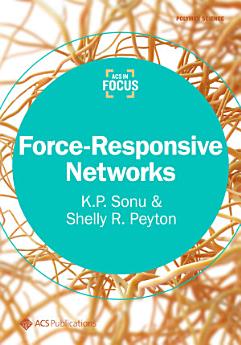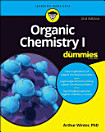Force-Responsive Networks
এই ইবুকখনৰ বিষয়ে
The authors employ plain language to elucidate complex concepts and cover many basic principles in force‐responsive polymer networks. This primer is well‐suited for senior undergraduate and junior graduate students. It is an ideal reference for advanced materials and engineering classes and is particularly beneficial for students beginning research in force‐responsive materials. Additionally, it offers in‐depth insight into the advanced features of the mechanical properties of polymeric materials.
লিখকৰ বিষয়ে
K. P. Sonu is a postdoctoral research associate in the Department of Chemical Engineering at the University of Massachusetts, Amherst. He is currently working on responsive hydrogels and their incorporation into microfluidic devices for sensing and separation applications. He received a Ph.D. in Materials Chemistry following a M.S. in Materials Sciences from Jawaharlal Nehru Centre for Advanced Scientific Research (JNCASR) in Bengaluru, India, as well as a B.Sc. in Chemistry from the University of Calicut, India.
Shelly R. Peyton is a Provost Professor of Chemical Engineering at the University of Massachusetts, Amherst. She received her Ph.D. in Chemical and Biochemical Engineering from the University of California, Irvine, after her B.S. in Chemical Engineering at Northwestern University. She completed postdoctoral training at the Massachusetts Institute of Technology. Her research group focuses on developing soft biomaterials as disease models to study cancer and develop methods for high-throughput drug screening and personalized medicine.








